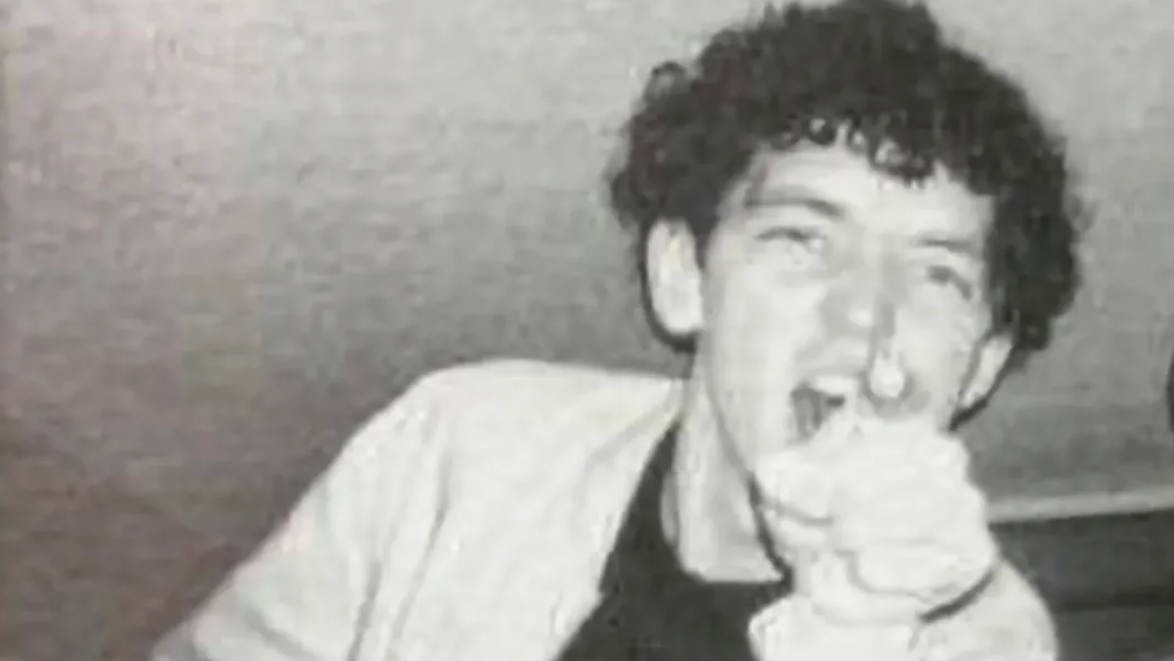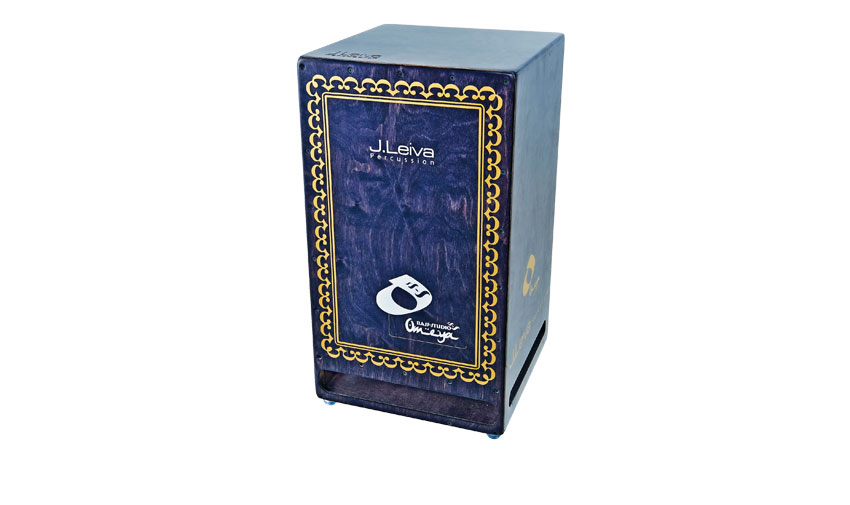MusicRadar Verdict
The Omeya Bass Studio is a sophisticated, expensive cajon, thoughtfully designed and carefully assembled in quality materials. The higher tone adjustments are subtle, while the bass capabilities are undeniably impressive.
Pros
- +
Flexible. Innovative features. Great bass tones.
Cons
- -
Very expensive.
MusicRadar's got your back
Leiva, based near Cordova in Moorish Spain, makes a range of cajons and this Omeya Bass Studio Design is one of its most sophisticated.
Build
"The chassis is made from seven plies of phenolic plywood, while the front sound plate (tapa) is Russian birch ply"
The chassis is made from seven plies of phenolic plywood, 12mm thick, while the front sound plate (tapa) is Russian birch ply, 3.2mm thick. Proportions are 52cm (201⁄2") high x 29.5cm (111⁄2") wide x 30cm (12") deep, with four rubberised feet for steadying. The finish in a dark stain is satin smooth. The rear sound hole is a 15cm (6") reinforced circle with a cover removable via two wing nuts.
Supplementary to this there is a second, rectangular vent, 23cm (9") x 6cm (21⁄4"), in the bottom of the enclosed box which is raised a couple of inches (5cm) off the ground.
Six guitar strings in a 'V' formation of three pairs from top to bottom behind the front plate constitute what Leiva calls its Direct Tuning System. Each pair has a lower wing nut for tension adjustment.
Hands On
The differences obtained from adjusting the wires is, as ever, minimal. But you can differentiate the tone slightly between left hand through centre slap to right hand. The variations obtained via the two vent holes however (back and bottom) are vastly more pronounced, justifying the Bass Studio moniker.
The rear circular porthole you either remove or keep fixed. But the lower slot can be adjusted from fully open to fully closed via a simple slider, so you can create a vent hole exactly the size you prefer. Thus there are four basic options.
For tight, delicate playing with little bottom end, keep both vents fully closed. With both vents fully open, if you sit on the box and maybe lean back a little the whole cajón reverberates - almost like you're sitting on a ButtKicker.
For maximum bass, striking just off centre to either side of the tapa elicits a boomier, warmer, fatter note. This is impressive, the most bass we have heard from any cajon. The other two settings, with one or other of the bottom or back vents open and the other closed, allows a range of effects between these two extremes. A lot depends on whether you intend to close mic. But whatever you go for this cajon certainly offers variety.

“Almost a lifetime ago, a few Burnage lads got together and created something special. Something that time can’t out date”: Original Oasis drummer Tony McCarroll pens a wistful message out to his old bandmates

“A high-quality solution for capturing your drums”: Sennheiser MD 421 Kompakt review

“I need to build a sound of my own that has the power that I want”: Floating Points hates festival sound systems so much that he’s invented his own









